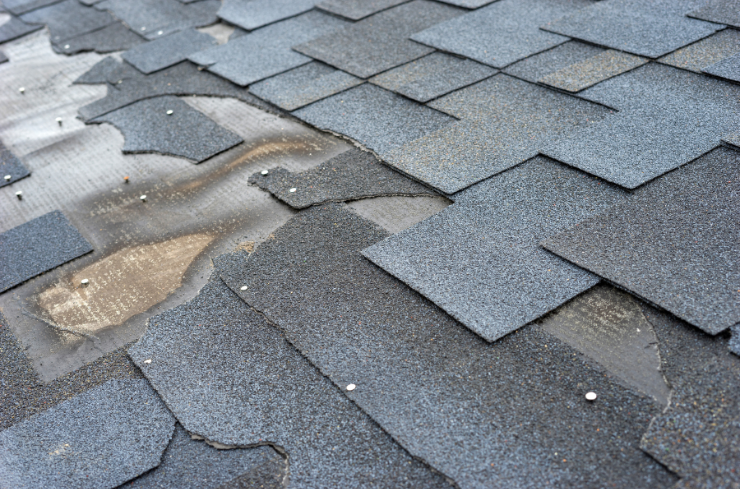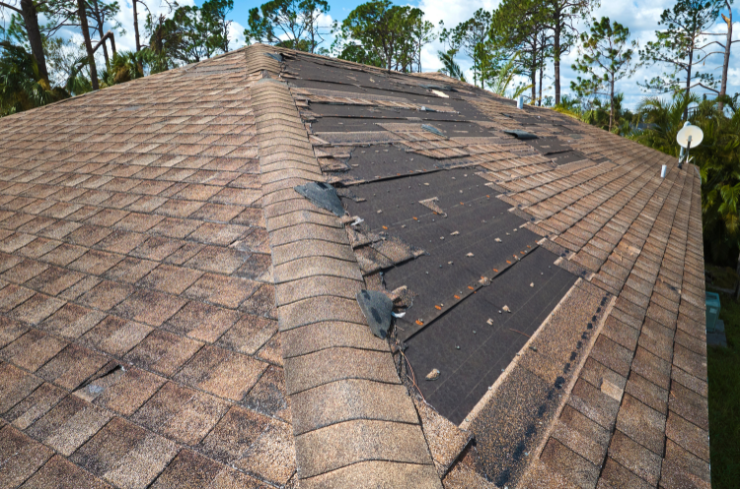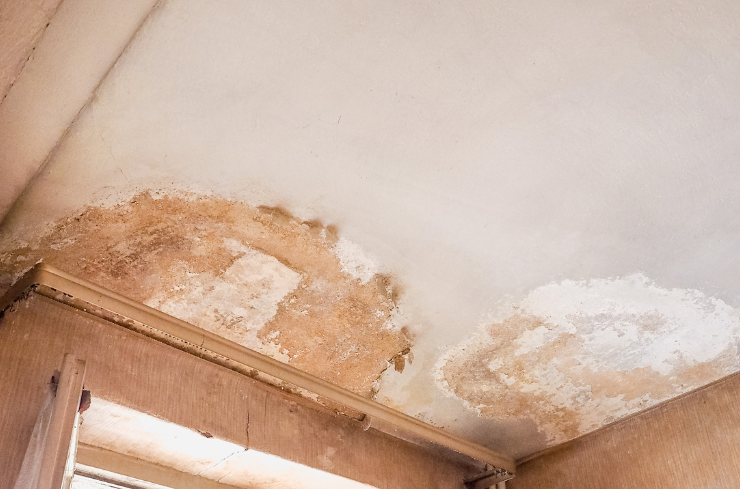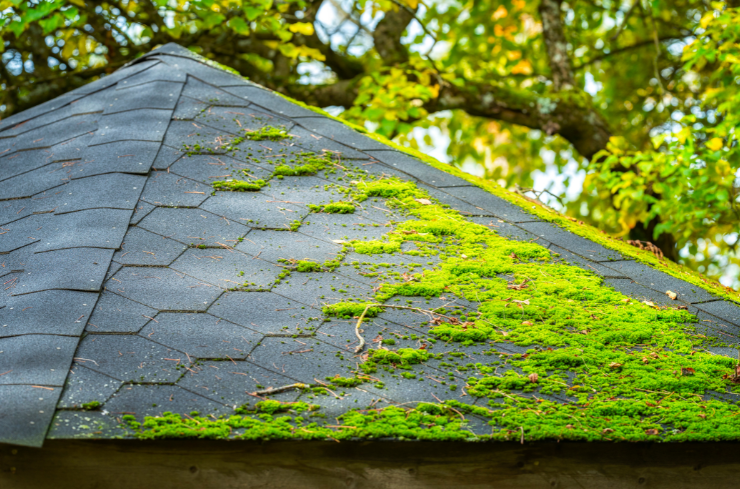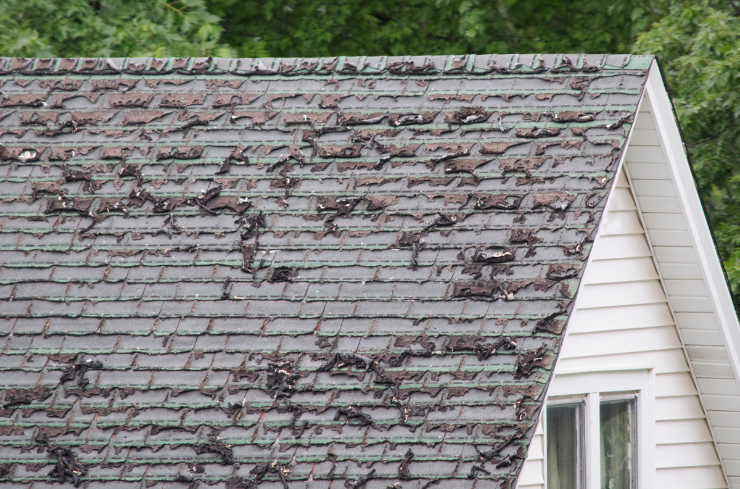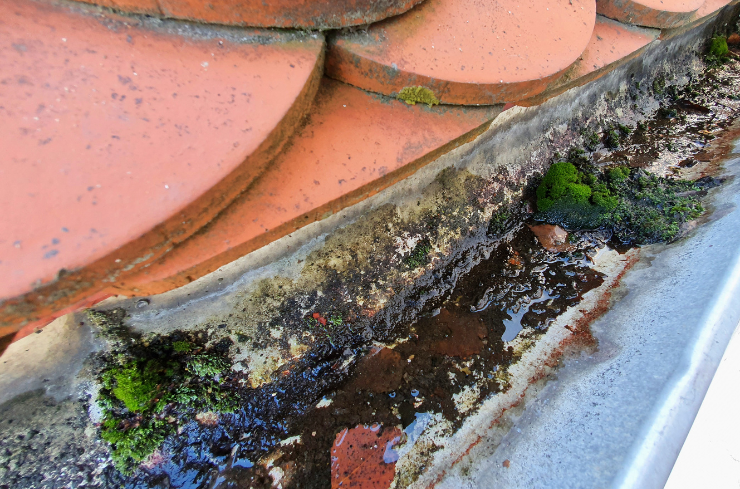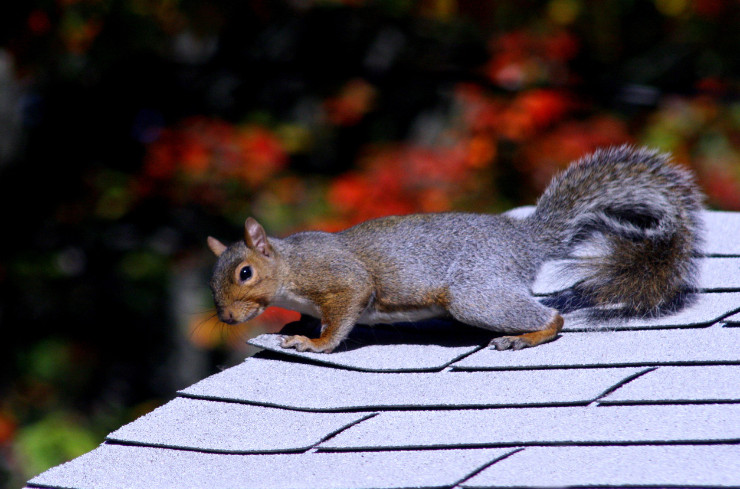What Are the Common Roof Problems Seen This Summer?
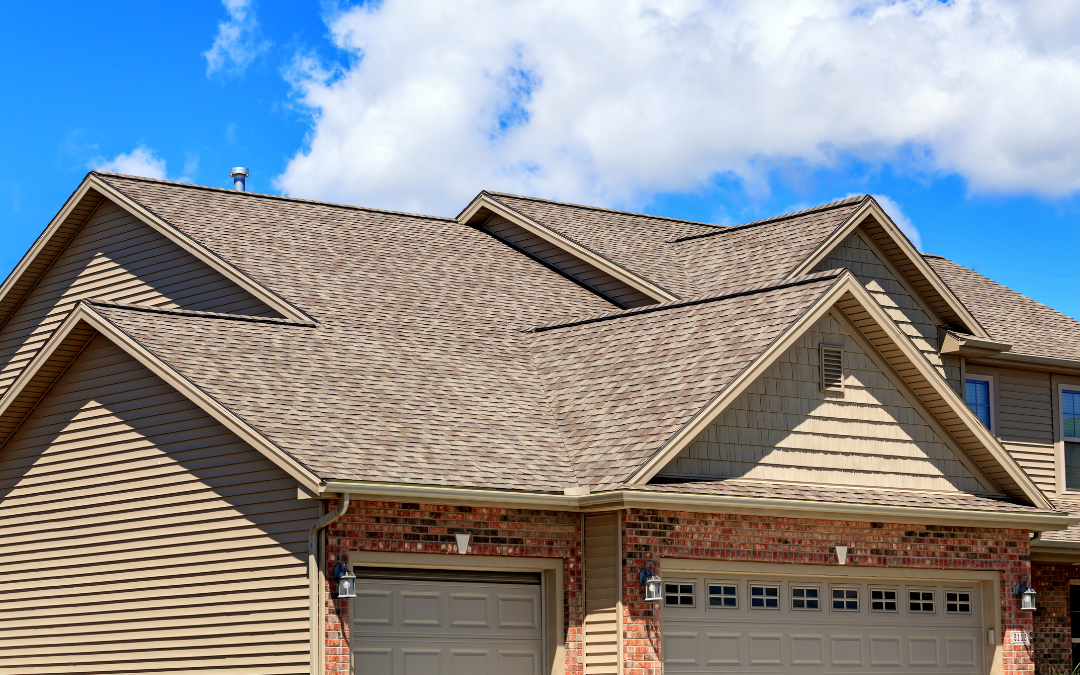
Have You Noticed These Common Summer Roof Problems?
Did you know your roof can go through a lot during summer? Most people don’t really think about it. When the weather is nice and sunny, it’s easy to forget that the roof is working hard to protect your home. But summer brings more than just sunshine. There’s heat, sudden rain, humidity, and even the occasional strong wind. All of that can slowly wear down your roof without you even noticing. And if you don’t catch small issues early, they can turn into big problems before you know it.
On this blog, we’ll talk about some of the most common roof problems that show up in summer. From cracked shingles to moss growing in the corners, there are a few things you should keep an eye on. The good news is that most of these signs are easy to spot if you know what to look for. Taking a little time to check your roof now can help you avoid bigger repairs later. So let’s walk through what your roof might be dealing with this summer and how you can stay one step ahead.
1. Cracked Shingles
Summer heat can really do a number on your shingles. When the sun is beating down all day, every day, shingles can start to dry out. After a while, they become brittle, and that’s when the cracks start to show up.
These cracks might seem small at first, but they open the door for water to seep in.
Once water gets underneath, it can cause leaks, mold, and even damage to the structure of your roof. And the worst part? You often won’t notice anything until water starts dripping inside your home.
What to watch for:
- Shingles that look curled or lifted at the edges
- Cracks running through the surface
- Missing granules or bare spots that look smooth and worn out
Even if the weather stays dry, those cracks are still a problem. Think of them like tiny holes in your umbrella. It might hold up for now, but the next rain could be the one that gets through.
2. Sun Damage
Your roof gets a lot of direct sunlight in summer, and while roofing materials are built to take some heat, they can only handle so much.
Over time, the strong sun can dry things out, make shingles fade, and cause them to lose strength.
They might start to thin out or even break apart.
This kind of wear and tear doesn’t always look bad at first, but it slowly chips away at your roof’s ability to protect your home.
How to tell:
- Shingles look dull or faded compared to other parts
- You notice patchy spots where the color is uneven
- Grit from shingles starts collecting in your gutters
If your roof is starting to look washed out or patchy, that could be a sign it’s getting too much sun. It might be time to get it checked before it starts letting in water or heat.
3. Moisture Build-Up
You’d think the summer heat would keep things dry, but that’s not always the case. In hot and humid weather, moisture can build up inside your attic, especially if the air doesn’t move around well.
When warm air gets trapped with no place to go, it turns into moisture and just sits there.
That can lead to mold, mildew, and even rotting wood. Not only is that bad for your roof, but it’s also not great for the air inside your home.
Signs to look out for:
- A strong musty or damp smell in the attic
- Mold spots on the ceiling or around vents
- Paint that’s peeling or bubbling on your walls
If your attic feels like a sauna and smells weird, it’s probably time to check your ventilation. Letting air move freely up there helps your roof stay dry and healthy.
4. Moss Growth
Moss might look harmless, even kind of pretty, but it’s not something you want growing on your roof. It tends to show up in shady spots that stay damp, and once it starts growing, it holds moisture like a sponge.
That extra moisture softens your shingles and can slowly wear them down.
If left alone, moss can cause shingles to lift up, which makes it even easier for water to sneak in.
Check for:
- Green or dark fuzzy patches on the roof
- Moss growing in corners or along edges where water runs off
- Shingles that feel soft or like they’ve moved around under the moss
If you can see moss from the ground, don’t ignore it. The longer it stays, the more damage it can cause underneath.
5. Thermal Shock
Here’s one a lot of people don’t know about.
During summer, your roof heats up quickly during the day, then cools off just as fast once the sun goes down. This constant cycle makes roofing materials expand and shrink over and over.
That movement puts stress on your roof, especially around areas like vents, chimneys, or skylights. Over time, things like sealant and flashing can start to loosen or crack.
What can happen:
- Tiny gaps form around roof edges or metal parts
- The sealant around vents or pipes starts peeling
- Flashing begins to lift or separate from the roof
These problems can be easy to miss from the ground, but they’re a big reason why leaks happen later. Even small gaps can let in water when it rains.
6. Clogged Gutters
Summer storms may not last long, but they can drop a lot of leaves, twigs, and dirt in a short time.
If your gutters get clogged and water can’t flow the way it should, it ends up spilling over the sides.
That water can run down your walls, soak the ground near your foundation, or even find its way inside your home.
What you’ll notice:
- Water pouring over the side during heavy rain
- Gutters that are sagging, bent, or pulling away from the roof
- Stains on your siding or spots where the ground stays wet
Gutters don’t need a lot of attention, but they do need to be cleaned out every now and then. It’s a small job that can save you from big water damage later on.
7. Animal Activity
Warmer weather brings out all kinds of little visitors. Birds, squirrels, raccoons, and even bugs are more active in the summer, and sometimes they find their way into your attic or roof.
Once they’re in, they can make a mess, chew through wires or wood, and cause damage that you might not see until it’s too late.
Clues you’ve got company:
- Scratching or thumping sounds coming from the ceiling
- Droppings or nesting materials near vents or roof edges
- Holes, tears, or chewed-up vent covers
If animals get in, they usually don’t leave on their own. The sooner you notice the signs, the easier it is to stop the damage and keep your roof safe.
Summer can really wear down your roof, but that doesn’t mean you need to wait around for problems to show up. Paying attention to the small signs now can save you from a lot of stress (and money) down the road. Things like cracked shingles, moss growth, or even clogged gutters might seem small at first, but they can turn into bigger headaches if they’re ignored for too long. So if something doesn’t look right or feel right, don’t brush it off. Taking care of your roof now means you won’t have to deal with leaks or major repairs when you least expect it. Your roof works hard every single day to protect your home from the sun, the rain, and everything in between. Giving it a little care and attention now and then can make a big difference. At the end of the day, staying ahead of these common summer issues helps keep your home safe, cool, and comfortable for you and your family all season long.
If you think your roof might need a quick check or you’ve noticed something that doesn’t look quite right, we’re here to help. Get in touch with Twin Peaks Roofing & Construction and let our friendly team take a look before small issues turn into big ones. Give us a call or send us a message today and we’ll take care of the rest.

